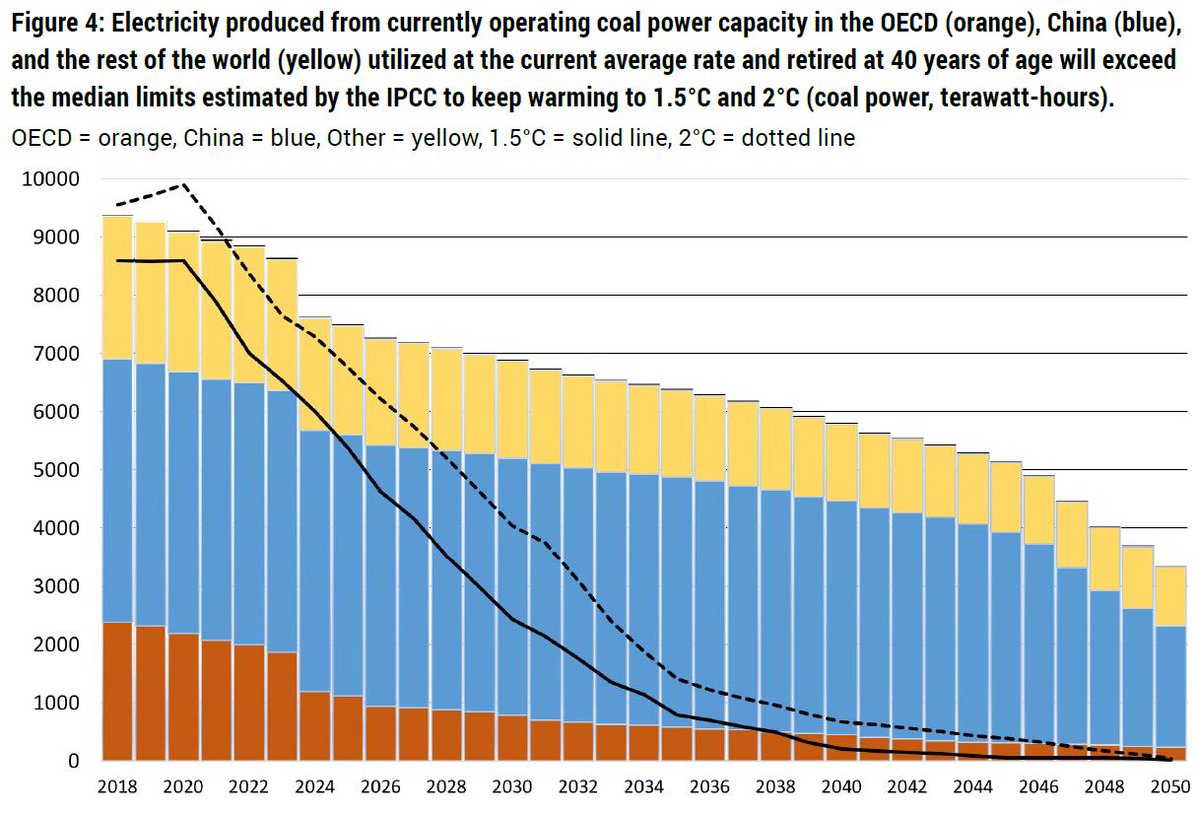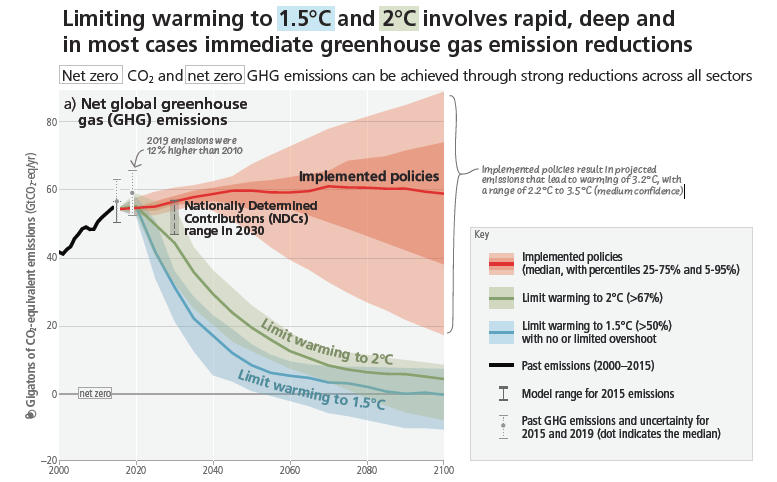Globally, ~13GW of new coal capacity has been proposed so far in 2019, ~10GW has been retired. The global coal fleet may soon peak, but....
...but the coal fleet is big enough to blow 1.5°C!
1/
carbonbrief.org/guest-post-how…
endcoal.org/global-coal-pl…
...but the coal fleet is big enough to blow 1.5°C!
1/
carbonbrief.org/guest-post-how…
endcoal.org/global-coal-pl…

China, US, India have nearly 75% of the global coal fleet:
* China & India have young fleets, & are still expanding them, but at a slowing rate (blue/purple in previous tweet)
* US has an old fleet, & is leading the retirements (red in previous tweet)
2/
* China & India have young fleets, & are still expanding them, but at a slowing rate (blue/purple in previous tweet)
* US has an old fleet, & is leading the retirements (red in previous tweet)
2/

To keep within 1.5°C (& also below 2°C), the coal fleet will have to be retired early), or retrofitted with CCS.
* The aging OECD fleet is retiring (red)
* The coal challenge is in China, India, & the developing world.
Who is going to pay for China & India to retire coal?
3/3
* The aging OECD fleet is retiring (red)
* The coal challenge is in China, India, & the developing world.
Who is going to pay for China & India to retire coal?
3/3

• • •
Missing some Tweet in this thread? You can try to
force a refresh























